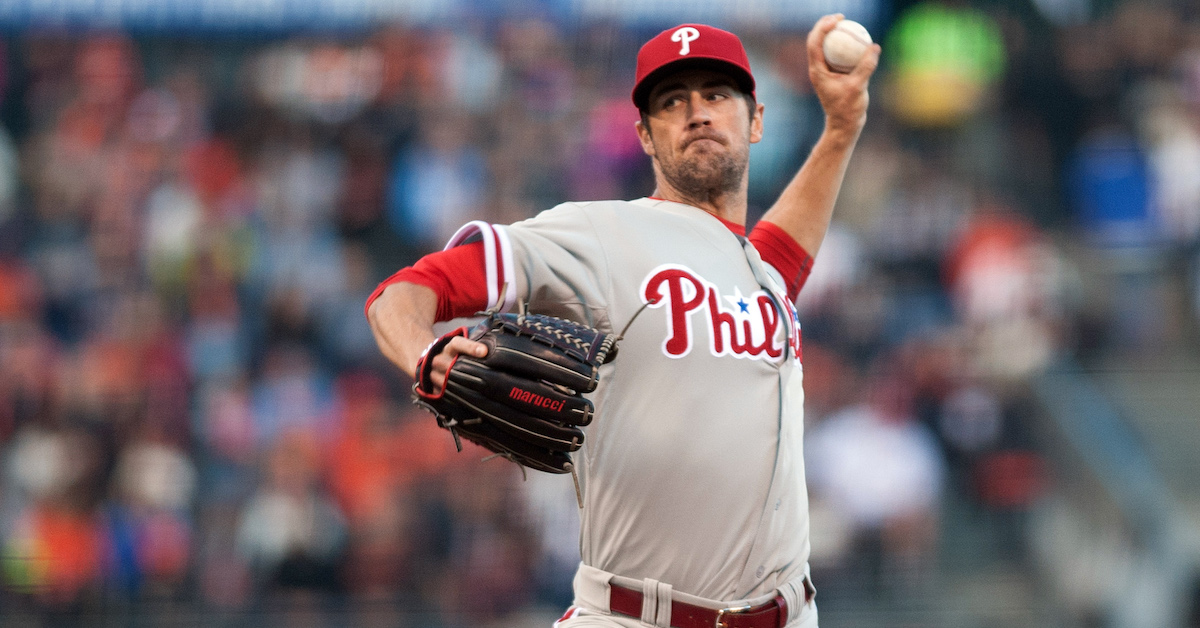Jose Altuve, or an Impostor Who Looks Just Like Him, Is Wrecking House

It shouldn’t be terribly surprising that Jose Altuve is at it again. The man is running a wRC+ of 160 or better for the third time in his career; in one of those seasons, 2017, he was voted AL MVP. The other was just last year. Rumors of his demise, which circulated throughout a disastrous 2020 season, have long since subsided.
And not a moment too soon, I might add. The Astros, held in check by the Rangers most of the season, are back on their heels after a three-game sweep at the hands of division rival Seattle over the weekend. The pitching staff has taken a step back from its unhittable late-2022 apotheosis. Primary offseason acquisition José Abreu was hitting like a utility infielder before a back injury put him on the shelf. Jeremy Peña’s power stroke has deserted him, as has Cristian Javier’s unique brand of fastball-heavy trickeration.
Houston looks a little wobbly, for the first time since at least 2020; setting aside that season’s unique circumstances (and the Astros made it to Game 7 of the ALCS anyway), the team has not wobbled this much since 2016. But Altuve, hitting .327/.420/.529 since his return from a broken thumb suffered during the World Baseball Classic, has held things together.
If that really is Jose Altuve. Read the rest of this entry »








